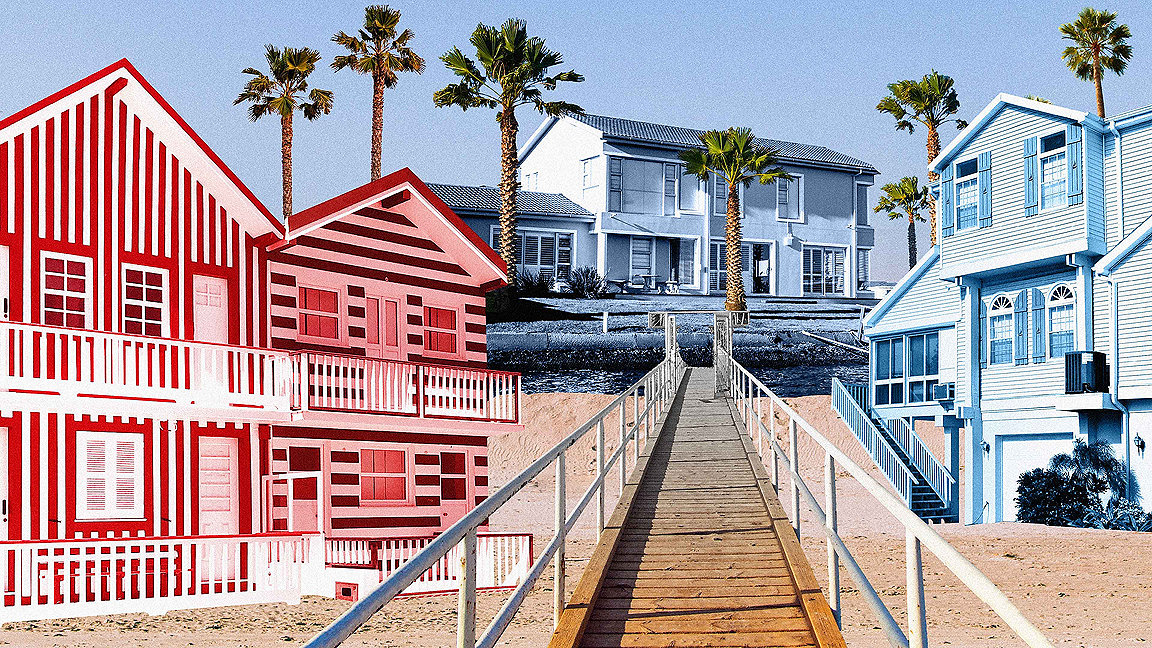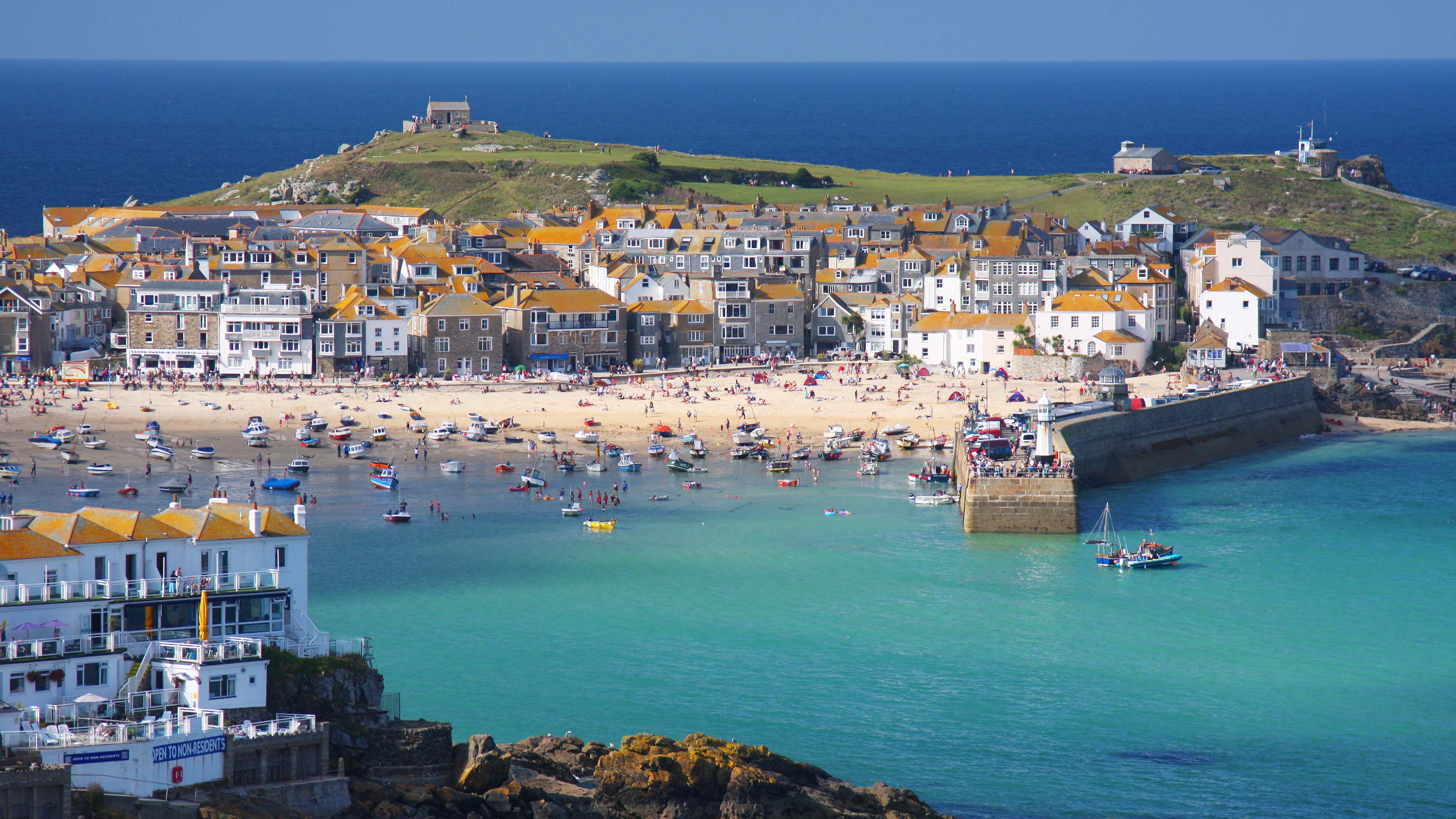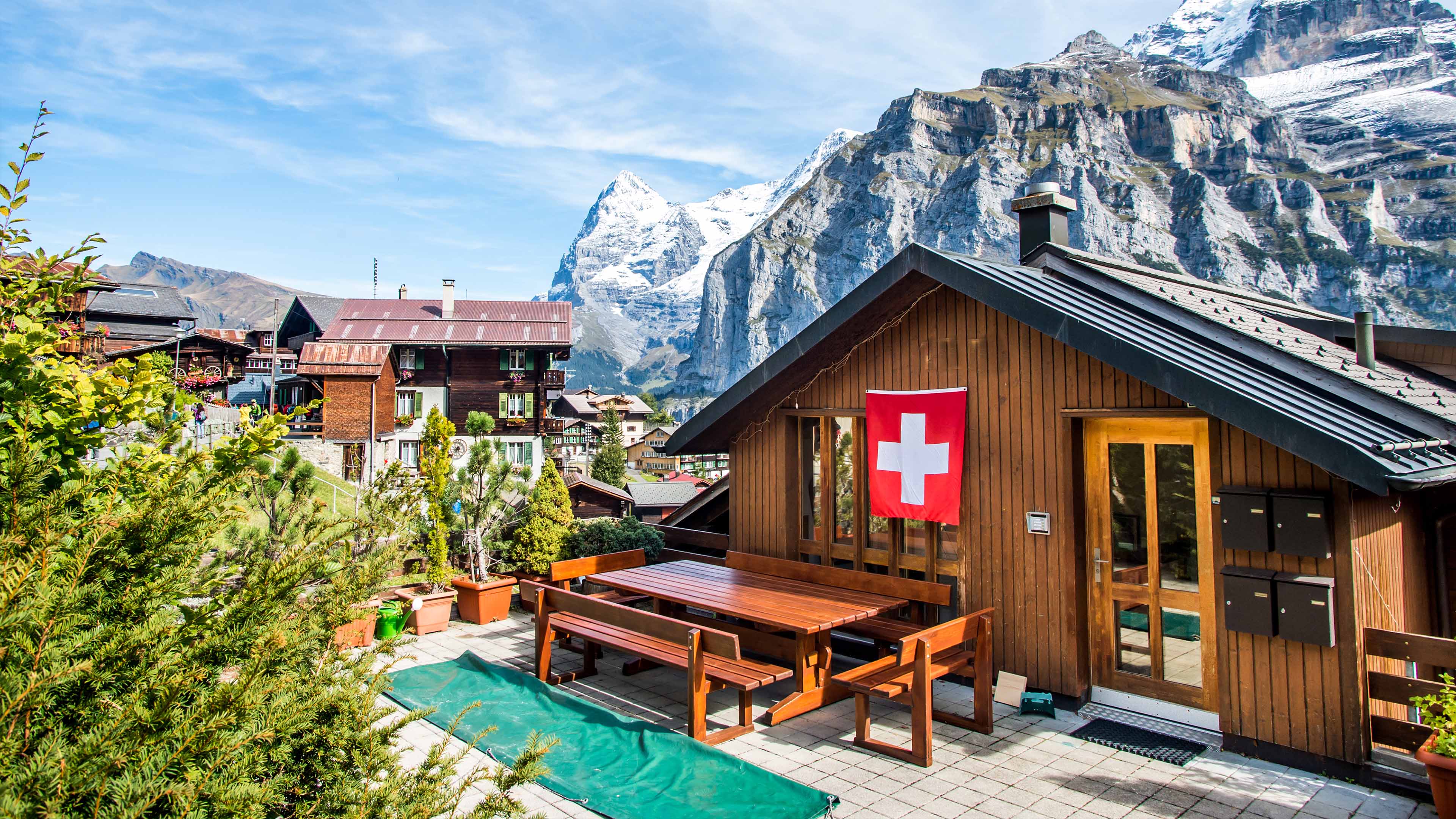
The global trend for second homes has gathered pace in recent times. For those who can afford them, second homes provide a reliable and steady income stream through holiday lets or a sizeable nest egg through capital growth.
The English Housing Survey 2018-19 reported that 772,000 households had a second home, used primarily as a holiday home or occupied while working away from home. That figure was up nearly 35% from 572,000 in 2008-09. In the US, growth is more moderate, but the National Association of Home Builders (NAHB) estimated in 2018 the total count of second homes was 7.5m.
And the trend for holiday letting is set to continue. Airbnb aims for 1bn guests a year by 2028. Given that Airbnb properties are most concentrated in areas popular with tourists, that could put acute pressure on some communities and has already caused unrest in destinations such as Barcelona (where you must now comply with strict tourism regulations) and Amsterdam.
The popularity of second homes is determined by factors such as the geography, economics and even the culture of individual countries, cities and regions. While second home ownership in some countries is the preserve of the very wealthy, in many countries, particularly around the Mediterranean, second home ownership is traditionally commonplace. In hotter countries, a small house by the sea might be a cool summer escape from the stifling towns.
However, the growing cohort of high net-worth investors explains the surge in second homes in ‘superstar’ cities such as London, where international buyers seek capital growth in ultra-wealthy addresses like Chelsea and Westminster. While this activity presents its own set of issues, the proliferation of second homes in rural areas stirs widespread concern.
Housing affordability
Research in Spain found that Airbnb’s presence in particular neighbourhoods pushed rent up by as much as 50%, forcing locals to move further away to more affordable areas. But in many regards, it is absent homeowners and properties that remain empty most of the year that create the worst scenario – little money flows back into the community and absenteeism leads to zombie towns.
“Fundamentally, in the UK, there is not enough affordable housing,” says Jo Lavis, a rural affordable housing consultant. The commonly held belief is that second homes bought up by ‘out-of-towners’ reduce the availability of local property. Like gentrification, this trend and the Airbnb effect can quickly raise the value of an area to the detriment of local residents, many of whom are pushed out because they cannot afford these rents and prices.
“The squeeze is as much to do with the lack of supply of affordable housing as it is with second homes. In 2011, only 8% of social housing in parishes of less than 3,000 was owned by social landlords (housing associations and local authorities), compared with 17% in urban areas.
“In terms of affordable rural housing, commentators often jump on the issue of second homes, but actually for most rural areas, affordability and lack of alternatives for those squeezed out is the real problem.”
While second homes worsen the effect, the debate possibly disguises a more complex and deep-seated problem.
There is also an argument that as second homes and holiday lettings get a footing in rural areas, it can encourage local landlords to move their properties out from the long-term rental and for sale market into the short-term and serviced accommodation market.
Most second home purchases are in the second-hand market, and few new houses are snapped up as second homes.

Economic impacts
The ability to let homes to tourists can channel considerable cash into local economies. Vacationing families spend more on food and leisure activities than local households, benefiting local businesses.
But the popularity of second and holiday homes is often concentrated around the coast and areas of outstanding natural beauty. National parks and geography limit the infrastructure needed to comfortably serve holidaymakers and native dwellers. Roads are often too narrow for increased traffic, while parking capacity can be insufficient at peak season, to the detriment of those who live and work in those communities.
Wales has recently been at the centre of the second homes debate. Sam Rees, senior public affairs officer for Wales at RICS, says: “We’ve looked at the impact on infrastructure within local communities where there’s a high density of second homes. There’s a squeeze on infrastructure and services during the high season, but there’s also a reverse effect during the low season times.”
The more significant issue is not necessarily infrastructure but more around the community and the long-term economy. “We’ve got communities in parts of north Wales where almost 50% of homes are second homes,” says Rees. “That means there’s a 50% permanent population, and a majority of those are later in life, probably semi-retired or close to retirement. This will place a strain on future care needs, especially if local support, nurses and carers cannot afford to live locally.
“Younger generations are moving away because they simply can’t afford to live there anymore.”
Whether single-family rental will make big inroads in the rest of Europe remains to be seen. Some investors are funding purpose-built schemes in Spain, he says. “But one of the barriers to many markets in continental Europe is that most renters tend to live in flats.”
What is the scope for expansion? Ivory says: “The value of the UK residential rental market is more than £1tr, more than 60% of rental stock is suburban housing, and the institutional ownership of single-family rental is less than 1%. If all we did was just consolidate some of that, it is hard to describe an upper limit.”
But while renting has become more accepted, particularly among the young, home ownership remains the aspiration for many. “Irrespective of how successful we and other investors are, the tenure of choice will always be home ownership, and that will remain the majority of the stock.”
“We’ve got communities in parts of north Wales where almost 50% of homes are second homes” Sam Rees, senior public affairs officer for Wales at RICS
Solutions must be delicately balanced
Policies are getting more punitive to second-home owners and holiday letters. In Berlin, for example, the city mandated restrictions against short-term lets in 2016, forcing landlords to apply for a special permit, which could be rejected by the borough. In 2018 the restrictions were loosened, as long as landlords were not renting rooms totalling more than half of the size of their residence.
In July, the Welsh first minister, Mark Drakeford, announced plans to let councils cap the number of second homes in their areas. There are also plans to introduce a statutory licensing scheme for all visitor accommodation, including short-term holiday lets, making it a requirement to obtain a license.
Rees says: “It’s not just about disincentivising second homes. In a recent Welsh Parliament Committee inquiry, RICS gave evidence calling for the Welsh Government to investigate local housing incentives.
“One example of this is the First Dibs scheme that was piloted in London – where an agreement with developers meant, for a limited period of time, those within a certain geographic remit would have preferential choice on an offer. The number of new build homes becoming second homes is small, but it’s just one example of where local incentives have been explored.”
Second homes bring in very different benefits and drawbacks. No housing market is completely shut from external non-local sources of demand. House prices are calibrated to the various channels of demand that locations are subject to.
Nick Gallent FRICS, professor of Housing and Planning at the Bartlett School of Planning says: “If you cut out second homes from some of these rural locations, then you could see a significant fall in housing demand and a commensurate drop in house prices, which might have a potentially negative impact on local homeowners, especially recent buyers, and on local spending in local economies.”
Modelling and researching are still allusive, so can local authorities find the resources to build the evidence to justify new policies? “Some may fear that if you restrict second homes and holiday homes in the way being suggested by the Welsh government – ie in locally designated areas – you could displace demand to nearby communities where it can’t be easily absorbed,” says Gallent.
The argument goes that if you protect one community, you displace those demand pressures to nearby communities and see a cascade effect. Restrictions may cover a broader area and the cascade continues.
“If you cut out second homes from some of these rural locations, then you could see a significant fall in housing demand” Nick Gallent FRICS, Bartlett School of Planning

Swiss case study
Christian Hilber, professor of Economic Geography at the London School of Economics, has closely studied the impacts of a ban on building second homes in tourist areas in Switzerland. Similar restrictions have been enforced in St Ives, Cornwall, where new-build homes cannot be sold as secondary residences.
The Second Home Initiative (SHI) in Switzerland banned the construction of new homes in local municipalities where second homes represented 20% or more of the total housing stock. It came into force following a very narrow popular vote in 2013.
But what were the impacts of banning the construction of new second homes? Hilber says: “The prices of second homes increased in Switzerland. In those places that got the ban, you couldn’t build new second homes, so the supply of second homes essentially dried up.”
The ban also lowered the price of primary homes, adversely affecting local homeowners but raised the wealth of existing second homeowners. “We also found that the policy increased unemployment rates, because it impacted the local construction labour force,” Hilber adds.
It’s important to note that the physical difference between primary and second homes can be more distinctive in different countries. In Switzerland, for example, chalet-style second homes are very different from brick and concrete primary homes in town. Restrictions, therefore, can have a very different impact on those distinct sub-markets.
Hilber says: “If the primary goals are to make housing more affordable, reduce vacant homes and ghost towns while generating more local tax revenue, then an annual local tax on the value of second homes – or the value of their land – would be a superior policy response to an outright ban.”
Competing effects are at play in controlling second home ownership or building second homes. Gallent says: “Gwynedd Council in North Wales reported in June 2022 an 8% reduction in the annual number of chargeable second homes, in part they claim, due to the proposed changes. However, it is still too early to predict the full impact of these changes, and we will need to wait and see how local authorities and communities use and benefit from new powers.”
“The policy [a ban on building new second homes] increased unemployment rates, because it impacted the local construction labour force” Christian Hilber, London School of Economics


